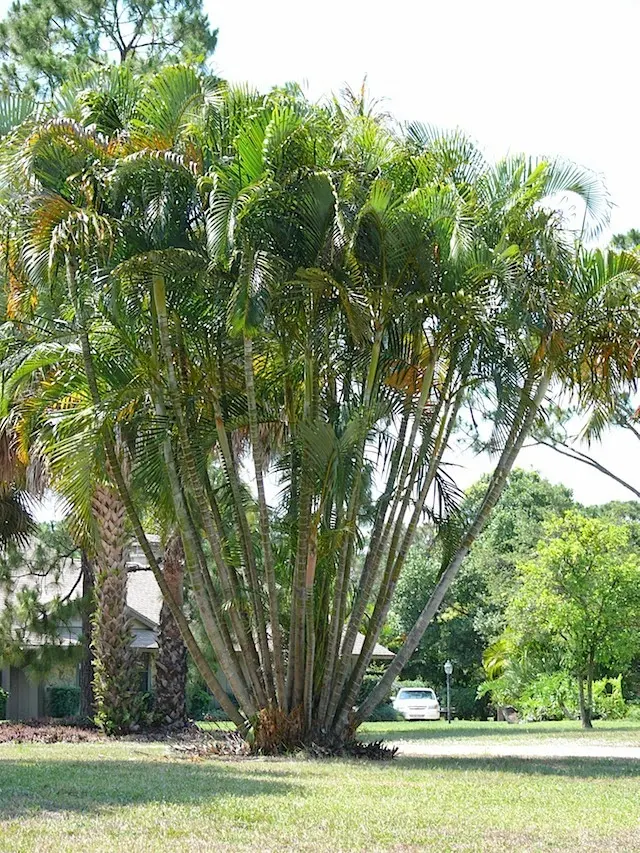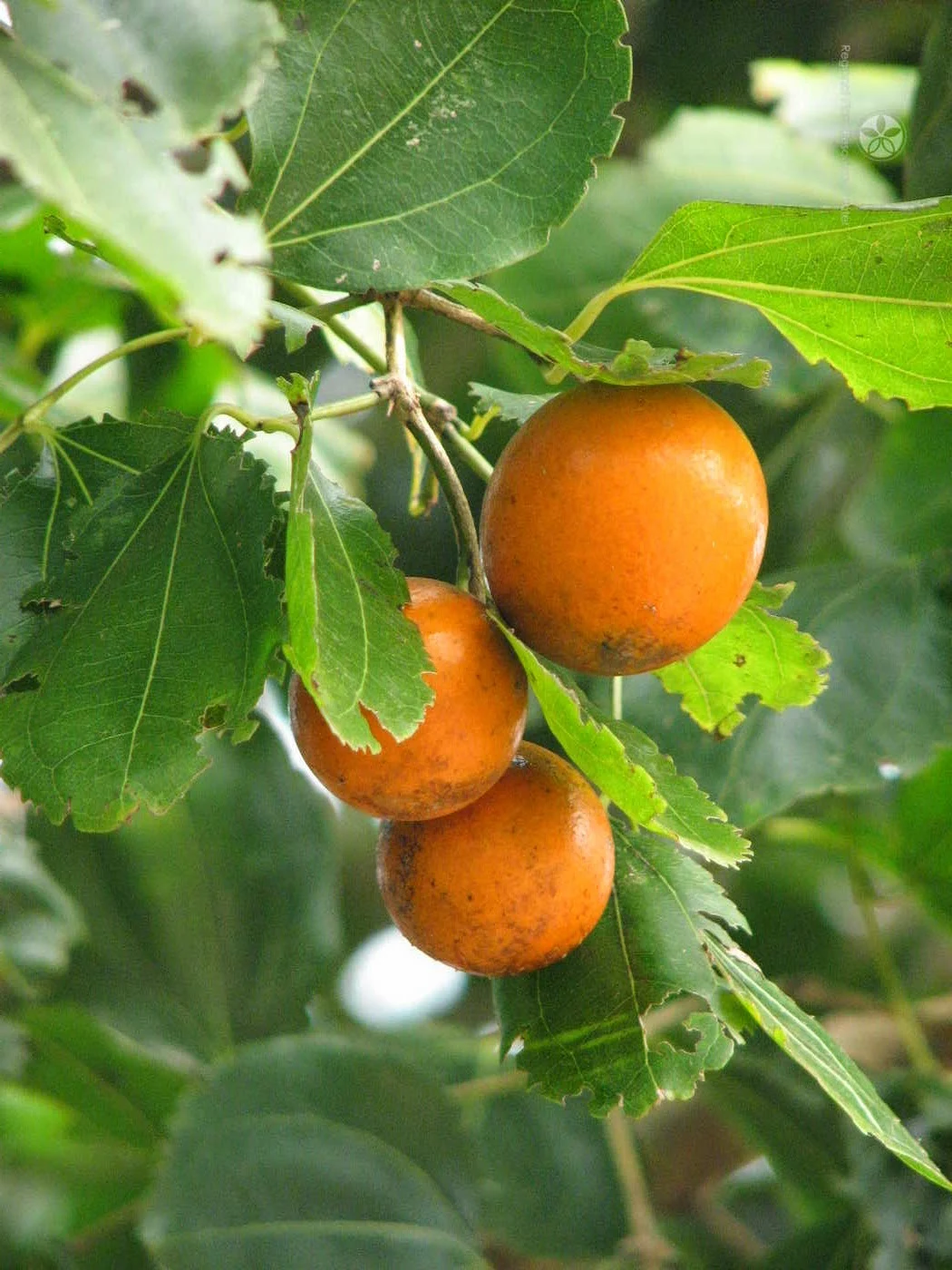By Liliana Usvat
Blog 288-365
Blog 288-365
Allspice (Pimenta officinalis)
Native to the Caribbean islands and southern Mexico, the allspice tree produces berries that are dried for export. Crushed, they are used in cooking, but also are added to medicines as a carminative that aids in expelling gas to relieve colic.
Native to the Caribbean islands and southern Mexico, the allspice tree produces berries that are dried for export. Crushed, they are used in cooking, but also are added to medicines as a carminative that aids in expelling gas to relieve colic.
Areca (Areca catechu)
A palm tree of Malaysia, the areca yields a seed or nut once chewed by the natives to dye their mouths fashionably red. Although not relied on in human medicine, the alkaloid arecoline, the seed’s extractive, has the ability to destroy and repel worms in animals.
A palm tree of Malaysia, the areca yields a seed or nut once chewed by the natives to dye their mouths fashionably red. Although not relied on in human medicine, the alkaloid arecoline, the seed’s extractive, has the ability to destroy and repel worms in animals.
Balsam poplar (Populus balsamifera)
Growing across the northern reaches of North America, balsam poplar bears buds coated with a gooey, fragrant substance. In the drug industry, it’s called “balm-of-Gilead,” and as an expectorant, it becomes a constituent of cold medicine. It also keeps ointment from going rancid. Applied externally, it helps heal wounds.
Growing across the northern reaches of North America, balsam poplar bears buds coated with a gooey, fragrant substance. In the drug industry, it’s called “balm-of-Gilead,” and as an expectorant, it becomes a constituent of cold medicine. It also keeps ointment from going rancid. Applied externally, it helps heal wounds.
Benjamin (Styrax benzoin)
Native to Java and other Southeast Asian countries, this large tree has grayish, fluffy bark. When wounded, it exudes a white, aromatic gum universally known as gum benzoin. It’s a productive expectorant when used in medicine. As the compound called tincture of benzoin, it relieves bronchitis when employed in a steam inhaler.
Native to Java and other Southeast Asian countries, this large tree has grayish, fluffy bark. When wounded, it exudes a white, aromatic gum universally known as gum benzoin. It’s a productive expectorant when used in medicine. As the compound called tincture of benzoin, it relieves bronchitis when employed in a steam inhaler.
Birch (Betula papyrifera, nigra, lenta )
Native to northern and eastern North America, birch trees possess concentrations of salicylic acid, the predecessor of aspirin. Although birch products were never widely used, folk medicine called for chewing birch twigs to relieve headache and pain. Willows (Salix spp.) also contain the pain-reducing acid.
Native to northern and eastern North America, birch trees possess concentrations of salicylic acid, the predecessor of aspirin. Although birch products were never widely used, folk medicine called for chewing birch twigs to relieve headache and pain. Willows (Salix spp.) also contain the pain-reducing acid.
Camphor (Cinnamomum camphora )
In both China and Japan, the evergreen camphor tree grows to great size. An extractive of its bark, camphor acts as a counterirritant when included in ointments for relieving muscle pain.
In both China and Japan, the evergreen camphor tree grows to great size. An extractive of its bark, camphor acts as a counterirritant when included in ointments for relieving muscle pain.
Cascara (Rahmnus purshiana)
In the Pacific Northwest and British Columbia, this small tree is called cascara buckthorn. Since 1877, its bark has been dried, baled, and shipped to dealers who grind it into a fine powder for medicinal use as an effective laxative or purgative.
In the Pacific Northwest and British Columbia, this small tree is called cascara buckthorn. Since 1877, its bark has been dried, baled, and shipped to dealers who grind it into a fine powder for medicinal use as an effective laxative or purgative.
Dogwood (Cornus florida)
A medicine made from the bark of this tree native to the eastern United States often has been substituted for quinine. During the Civil War, Confederate doctors used it to treat malaria cases. Although it grows in abundance, drug companies looked past it to the more powerful quinine that comes from the cinchona tree of South America and the tropics.
A medicine made from the bark of this tree native to the eastern United States often has been substituted for quinine. During the Civil War, Confederate doctors used it to treat malaria cases. Although it grows in abundance, drug companies looked past it to the more powerful quinine that comes from the cinchona tree of South America and the tropics.
Kola (Cola nitada, C. acuminata)
Do you get a lift from a carbonated soda? The large kola trees of tropical West Africa, the West Indies, and South America are responsible. Their dried seeds, which contain much caffeine, provide the stimulant in some medicines. But they also provide an energizing ingredient in many soft drinks.
Do you get a lift from a carbonated soda? The large kola trees of tropical West Africa, the West Indies, and South America are responsible. Their dried seeds, which contain much caffeine, provide the stimulant in some medicines. But they also provide an energizing ingredient in many soft drinks.
Nux vomica (Strychnos nux-vomica )
The deadly poison strychnine comes from the seeds of this Asian tree. In small amounts, or mixed with other drugs, strychnine can become a heart stimulant or tonic.
The deadly poison strychnine comes from the seeds of this Asian tree. In small amounts, or mixed with other drugs, strychnine can become a heart stimulant or tonic.
Quassia (Quassia amara )
The wood of this tree from Mexico and Central and South America has been an item of commerce since the mid-1700s. The wood’s bitter extractive, which has been relied on to expel parasites and reduce fever, is water soluble. Thus in the 1800s it frequently was turned into popular “bitter cups.” The substance also has uses as an insecticide.
The wood of this tree from Mexico and Central and South America has been an item of commerce since the mid-1700s. The wood’s bitter extractive, which has been relied on to expel parasites and reduce fever, is water soluble. Thus in the 1800s it frequently was turned into popular “bitter cups.” The substance also has uses as an insecticide.
Rauwolfia (Rauwolfia serpentina)
More like a shrub than a tree in most places where it grows in India, rauwolfia produces extracts in its roots that have for centuries been used to treat nervous disorders. The extract also provides an antidote for snake- bites and insect stings. In the 20th century it was discovered that powdered rauwolfia root as a clinical medicinal ingredient would treat hypertension and mental disorders. Many drugs that make up tranquilizers have their origin in rauwolfia root.
More like a shrub than a tree in most places where it grows in India, rauwolfia produces extracts in its roots that have for centuries been used to treat nervous disorders. The extract also provides an antidote for snake- bites and insect stings. In the 20th century it was discovered that powdered rauwolfia root as a clinical medicinal ingredient would treat hypertension and mental disorders. Many drugs that make up tranquilizers have their origin in rauwolfia root.
Sassafras (Sassafras albidum)
This tree of the eastern and southeastern United States is entirely aromatic—wood, bark, roots, branches, and leaves. Locally, sassafras tea made from its roots has long been a spring tonic. Bark may be taken from the tree’s roots, then boiled; the resultant drink, taken internally, is an active diuretic.
This tree of the eastern and southeastern United States is entirely aromatic—wood, bark, roots, branches, and leaves. Locally, sassafras tea made from its roots has long been a spring tonic. Bark may be taken from the tree’s roots, then boiled; the resultant drink, taken internally, is an active diuretic.


















